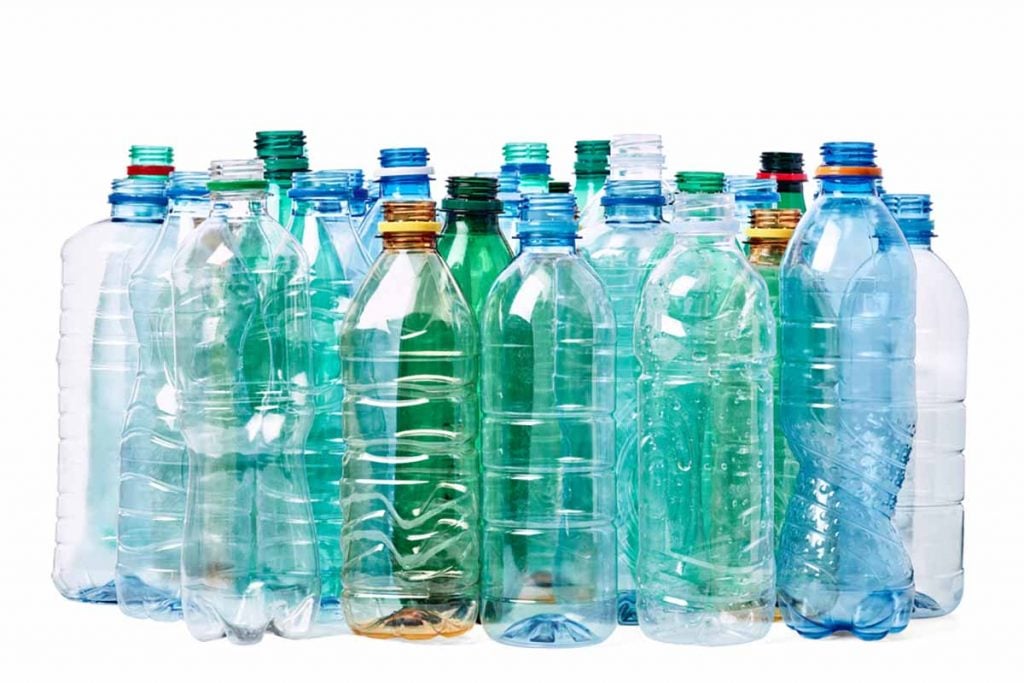
From PET Bottles to PE Bags: How Different Plastics Biodegrade with EcoPure®
Plastics are not all created equal. Polyethylene (PE), polypropylene (PP), polystyrene (PS), and polyethylene terephthalate (PET) each have unique chemical structures that affect how they behave in the environment. For manufacturers exploring biodegradable solutions, one of the most common questions is: How do different plastics respond to EcoPure® treatment?
The answer lies in both the science of polymers and the results of internationally recognized biodegradation testing.
Why Different Plastics Biodegrade Differently
Plastic resins vary in density, crystallinity, and backbone structure. These differences determine how resistant they are to microbial attack:
- PET (Polyethylene Terephthalate) – Common in beverage bottles and food packaging, PET is tough and highly crystalline, making it resistant to natural biodegradation.
- PE (Polyethylene, including LDPE and HDPE) – Used in grocery bags, shrink wrap, and rigid containers. Durable but less crystalline than PET.
- PS (Polystyrene) – Found in coffee cup lids, cutlery, and foam packaging. Lightweight and brittle, but resistant to microbial penetration.
- PP (Polypropylene) – Used in caps, straws, and rigid containers. Has a higher melting point and strong chemical resistance.
Without intervention, all of these plastics can persist for hundreds of years in landfills or the natural environment.
How EcoPure® Changes the Equation
EcoPure® is an organic additive blended into these resins during manufacturing. It does not alter their performance, strength, or recyclability. Instead, it changes how microbes interact with the plastic when it enters a biologically active disposal environment such as a landfill.
Here’s what happens:
- Biofilm formation – EcoPure® promotes colonies of microbes to grow on the plastic surface.
- Polymer access – The additive makes portions of the carbon backbone available for microbial attack.
- Digestion and conversion – Microbes consume the plastic’s carbon, breaking bonds and converting the material into CO₂, methane (in anaerobic environments), water, and biomass.
The key result is measurable biodegradation, not just fragmentation into microplastics.
Use in Real-world Manufacturing
For manufacturers, this data answers a critical question: Can EcoPure® work with the resin I already use? The answer is yes. EcoPure® is engineered in multiple grades to integrate seamlessly into PE, PET, PS, PP, and more.
This flexibility means manufacturers do not need to overhaul production or switch to niche bioplastics. Instead, they can continue using familiar resins while ensuring their products are designed to biodegrade in the environments where they are most likely to end up.
Plastics vary widely in their structure and persistence, but EcoPure® bridges the gap by enabling biodegradation across common resins. From PET bottles to PE bags and PS lids, EcoPure® transforms plastics from long-term pollutants into materials that microbes can consume. For manufacturers, this means no need to compromise on resin choice or performance — and a powerful opportunity to align products with both consumer expectations and regulatory demands.
EcoPure® makes it possible for the most widely used plastics to have a responsible end-of-life pathway, turning today’s challenges into tomorrow’s solutions.


